Oysters (Ostreidae) are an elegant food that is good to eat for pleasure and not if you are just hungry. Their taste has been mythologized for millennia and rightly so. Even the ancient Roman emperors paid in gold, equal to their weight, to get oysters on their table. The small and delicious seafood with an irregular shell are from the mussel family and are widespread in the seas and oceans. Recently, their populations are facing a extinction, which would be detrimental to all ocean and marine life.
Oysters are considered to be the most efficient and ecologically beneficial marine animal. Oysters feed on plankton, but release nitrogen in the form of solid waste, which decomposes over time and it comes out like a bubble into the atmosphere. Their importance to the aquatic ecosystem is similar to that of corals in the formation of coral reefs in the tropics.
Their pure aura is also taken care of by the pearls, which are formed when a parasite enters the mantle of the mussel. It then begins to release secretions, synthesizing calcium carbonate from the minerals dissolved in the water. Over time and years, what we call a pearl forms around the parasite. Again, unfortunately, this is a rare phenomenon. A single oyster can hatch up to 1 million larvae more than once a year. It is also amazing that oysters can repeatedly change their sex from male to female and vice versa.
From far back in time, oysters have been revered by all gluttons and romantics, because they are know for perhaps the most popular aphrodisiac in the world. It is believed that eating raw oysters increases sexual appetite and awakens erotic fantasy. Some believe that oysters are titled as an aphrodisiac because of their shape, which resembles the female genitalia. This opinion is confirmed by the dirty subconscious of our ancestors.
Oyster History
It is said that Aphrodite ate oysters regularly and much later in the story Casanova did not miss out on a dinner with the little aphrodisiacs whenever he wanted to enchant another lady.
Oysters were a kind of sacred sea gift to the Celts, with the Cauldron of Rebirth covered with pearls. Legend has it that the goddess of the sea, Morgan, appeared dressed as the Moon and was called the Pearl of the Sea. Pearls were believed to be made of moonlight and water and should therefore only be worn at night.
In historical symbolism, oysters are revered as a symbol of humility and wisdom. There is also the claim that they are a reflection of a carefully guarded soul, deliberately isolated from the masses and others. If you dream of oysters, the dream dictionary will tell you that it has a sexual connotation. As a symbol of the female vagina, oysters eaten by a man show his desire to appear as a good lover.
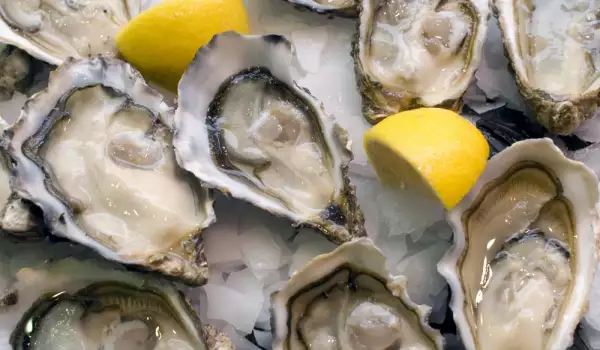
Oyster composition
Like all mussels, oysters are rich in vitamins, minerals and are quite good for the brain and heart because of the omega-3 fatty acids. Oysters can be part of a healthy and balanced diet, because they are low in calories and saturated fat and are an excellent source of protein, iron, zinc, copper and vitamin B6, B12.
There is also a scientific justification for oysters as an aphrodisiac - they contain dopamine, which is a neurotransmitter that helps control brain activity and affects sexual desire in men and women. In addition, oysters contain high levels of zinc and this trace element controls progesterone levels, or in other words - a positive effect on libido. It has been shown that zinc deficiency in the body can cause impotence in men.
Oyster species
The edible oysters are of 5 species, all of which have historically originated from the oyster mecca - Chesapeake Bay.
Ostrea edulis (European oyster) - this is the most oval and attractive-looking oyster. It is widely sold and consumed in France and England. Its taste is volatile because oysters have specific taste characteristics called terroir. The different taste depends on where the oysters come from, the food, the temperature and the salinity of the water in which they have spent their lives in;
Ostrea luridase (known as Olympia) - is found only on the west coast of America. In appearance it is small, sweet in taste, with no smell of the sea, but rather of grass and soil;
Crassostrea sikaema (Oyster Kumamoto) - small and with a rather concave shell. It has Japanese roots and was brought to the west coast of the United States from the Japanese prefecture of Kumamoto. Its taste reminds us of a melon or a cucumber;
Crassostrea gigas - originating in the Pacific Ocean, today this mussel is already found everywhere and can be served regularly in some fine French restaurants. It resembles the Portuguese oyster;
Crassostrea angulata (Portuguese oyster) - a legend tells how a Portuguese oyster ship was caught in a storm and sought refuge in southwestern France. At the end of the storm, the captain decided that his goods was spoiled and threw the oysters into the sea, where they found new territories to live in;
Crassostrea virgiica - American oyster, which abounds on the east coast of the United States. It resembles a drop in shape and its sizes vary from small and quite salty to large and sweet.
How to choose and store oysters
Always choose fresh oysters and the water in the shell should be clear and have a characteristic sea aroma. If the oysters open up too easily, it means that they have gone off and unfit for consumption. Oysters are usually picked when they are in top shape and their flesh is quite thick.
Spring is the time when oysters need a period of recovery from winter until they reach the ideal "weight" and marketing value. The breeding season is during the summer, which can change their taste and texture. They are best to eat when they do not bounce in their shells. It is important to know that, unlike other seafood, oysters do not lose any of their taste if they are bred artificially.
Culinary application of oysters
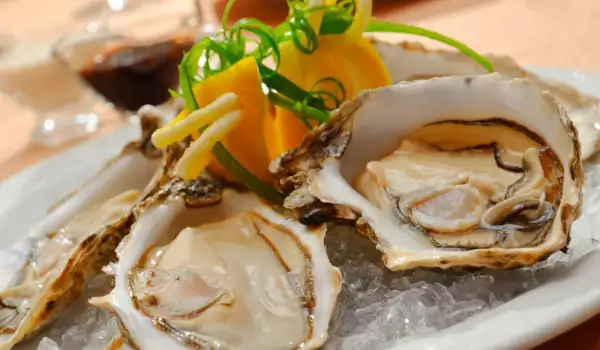
Myth is that it is safe to eat raw oysters if you drown them in a hot sauce that kills everything and if you eat already dead oysters, you will not necessarily get sick or poisoned because they do not become toxic when they die. The most delicious are the raw ones, drizzled with lemon juice into their shells, a little vinegar, drops of tabasco sauce or ice vodka. They are no less delicious when they are prepared in their own juice, fried in dough, baked or added in a soup or salad.
Oysters are usually served with open shells in a large ice plate, most often with sliced lemon, bread and butter. Oysters are consumed directly from the shell, lightly and sprinkled previously with lemon juice. It is advisable not to swallow the contents of the oyster immediately, but to wait a while so that their aroma can please your senses and taste buds. These delicacies go well with white wine or champagne.
How to open up and cook oysters
When opening up oysters, it is advisable to use a special oyster knife that has a strong and thick blade, which is sharpened specifically for these delicacies. Before that, however, you need to clean the oysters with a brush under running cold water.
Grab the oyster by hand, by placing a towel underneath it to avoid injury. Insert the knife into its elastic part at the bottom, in the middle and turn the knife to crack the upper shell. You need to gently slide the knife on the inside of the upper shell and peel off the meat. Remove the top shell and pass the knife under the oyster flesh to separate it from the bottom shell.
The next step is to prepare the oysters to your liking. If not, just drizzle a little lemon juice and swallow the delicious meat from the shell. Our advice is to chew the delicacy for a long time and not to directly swallow it - this way you will be able to enjoy the amazing taste.
Oyster benefits
Seafood is an integral part of a complete diet. In addition to being known as aphrodisiacs, oysters are important for the overall health and well-being. Zinc is involved in more enzymatic reactions than any other mineral. Zinc is also vital for maintaining the proper functioning of the body's defenses. Omega-3 fatty acids are part of the membrane of brain cells and affect the rate of information transmission from neuron to neuron. Those of us who eat oysters and seafood regularly can enjoy a stable nervous system and clear thinking.
How are oysters harmful?
Poisoning with oysters and seafood is quite possible and even if you eat fresh oysters, it can still happen. The truth is that seawater bacteria are different and nothing but boiling can destroy them.
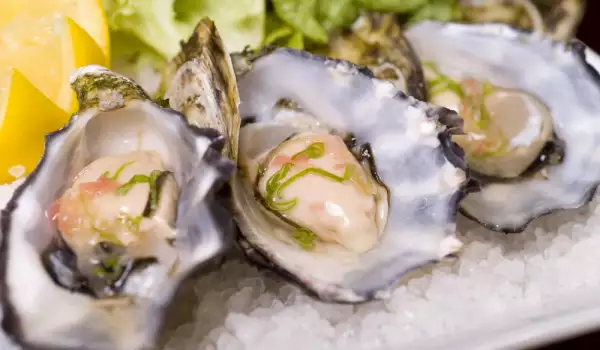

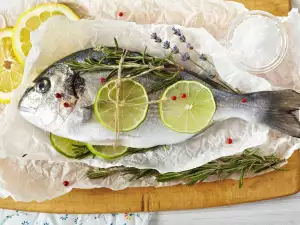



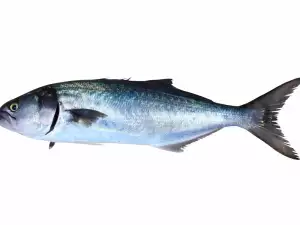
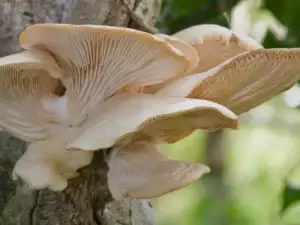
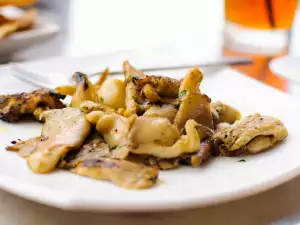


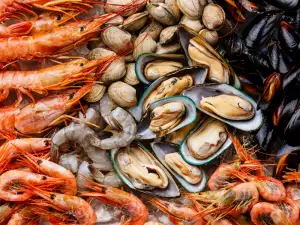







Comments